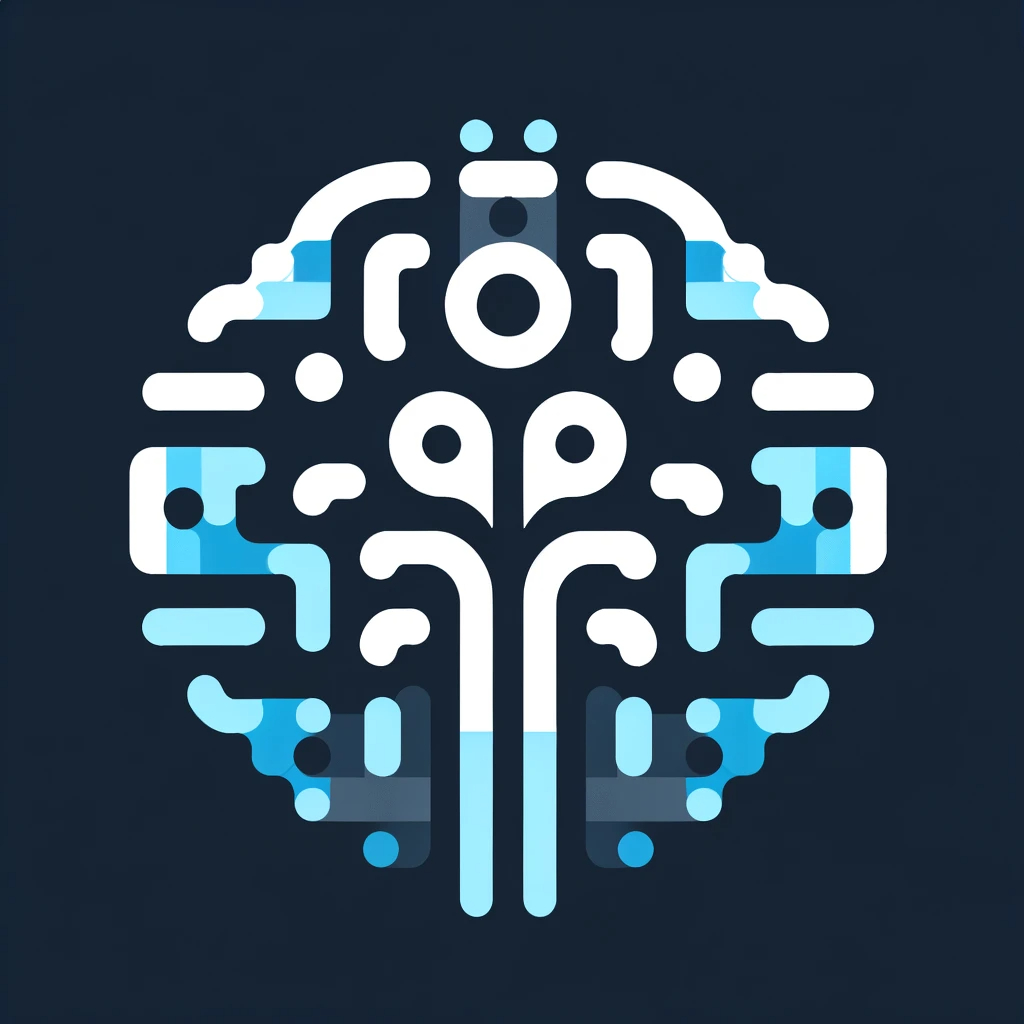107 reads
Future Investigations on an Intrinsic Integrity-Driven Model for Sustainable Reputation Systems
by
December 31st, 2023
Audio Presented by

Elevating intelligence with cutting-edge solutions for seamless cognizance experiences.
About Author
Elevating intelligence with cutting-edge solutions for seamless cognizance experiences.